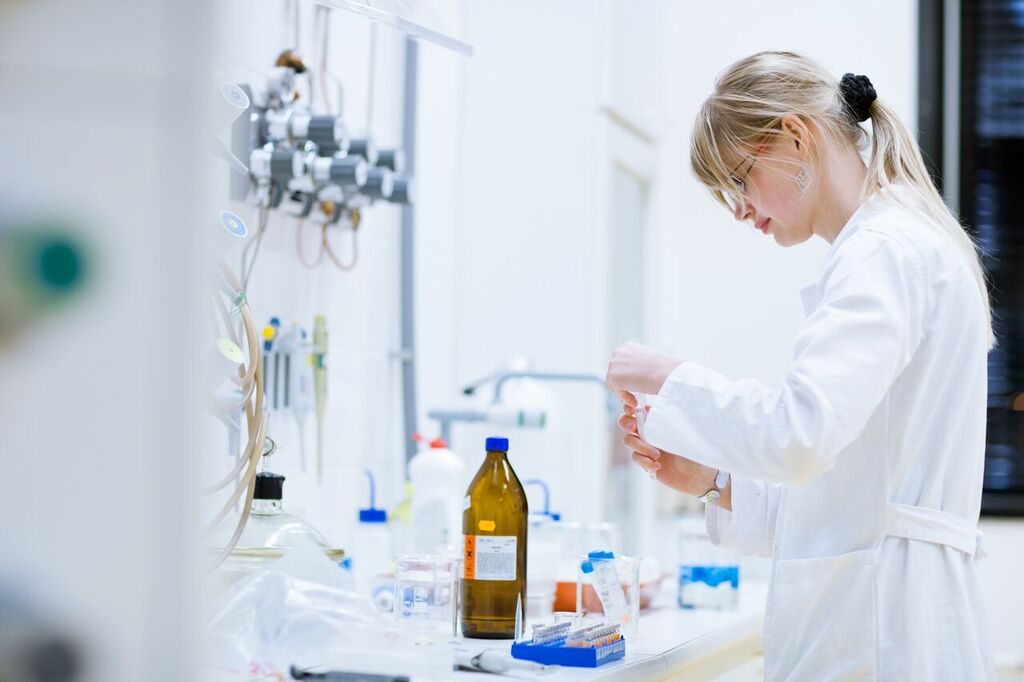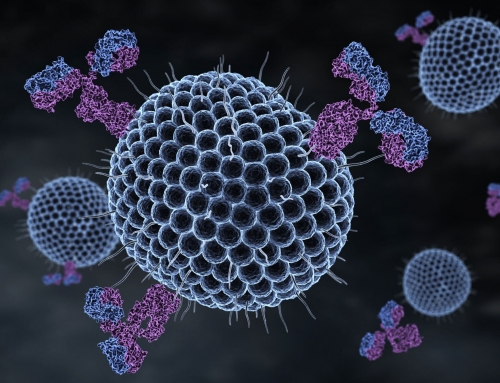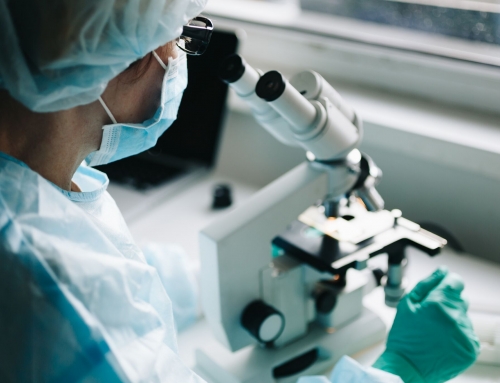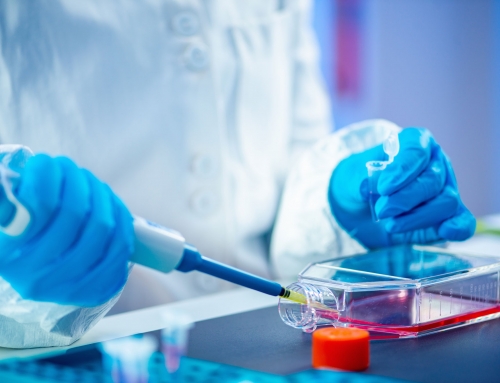Nearly every industry in the world has “best practices” that should be followed in order to ensure safety, reliability, efficiency, and compliance. However, in regulated fields such as the production of biologics, these sorts of “best practices” also have more binding cousins called Current Good Manufacturing Practice (cGMP) regulations.
These regulations are established and enforced by the Food and Drug Administration (FDA) in the United States and by other governing bodies overseas. The FDA’s cGMP regulations are in place to set forth minimum requirements that manufacturers must meet in order to ensure the safety and efficacy of drug products, including biologics.
In fact, due to the challenges that accompany biologics manufacturing and administration, including the size, complexity, and relative instability of the molecules, as well as more elaborate chains of custody, cGMP regulations may be even more carefully monitored in the biologics sector than in other categories of drug manufacturing.
All cGMP regulations are based on the principle that quality, safety, and effectiveness cannot be inspected into a product. Quality has to be designed and built into the product itself—and, therefore, into the process of manufacturing the product. Thus, each step of the manufacturing process is regulated to ensure that the final product is as safe and effective as it should be.
What do cGMP regulations cover and where can they be found?

When it comes to manufacturing biopharmaceuticals and other interventions, cGMP regulations include requirements for “methods, facilities, and controls used in manufacturing, processing, and packing of a drug product,” according to the FDA.
Part of these regulations are meant to ensure that the product is safe for the consumer, but they are also intended to regulate manufacturing processes so that the final product contains the correct ingredients in the correct proportions and that it performs as expected.
Hence, cGMP requirements exist throughout the manufacturing lifecycle, and actually become more rigorous as the product moves through different development phases. CGMP regulations are important during preclinical and clinical trials, but they become even more vital during fill-finish manufacturing.
These requirements are even more stringent for biologics than for other products that may be more shelf stable. Because biologics are made up of living molecules with complex structures, they are even more susceptible to minute changes than other drug products and interventions may be. This means that cGMP regulations for biologics often include more specific restrictions on temperature control, storage, handling, and monitoring throughout the life cycle of the product.
Current Good Manufacturing Practices can be found in Title 21 of the Code of Federal Regulations (CFR), which deals with the Federal Food, Drug and Cosmetic act as well as related statutes such as the Public Health Service Act.
What does cGMP mean for biologics?
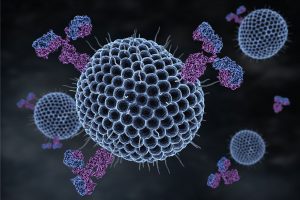
Any CMO developing products that are intended to be used on human beings, whether they be parenteral, enteral, or topical, needs to follow cGMP guidelines. This is especially true for complex or potentially hazardous medical interventions and for biological material which may be highly sensitive to small changes in temperature or other environmental conditions.
Because biologics products rely on living molecules with complex, three-dimensional structures, cGMP guidelines include requirements for temperature monitoring throughout the supply chain, working on materials within a quarantine, freeze-thaw procedures, and other considerations.
Biologics are expensive, complex, and often fragile living compounds, meaning that they require specialized handling in order to maintain stability and viability from their point of manufacture to their final point of administration.
FDA guidelines also provide guidance on how to capture and store data in order to be able to demonstrate sterility, chain of custody, and other requirements that may be necessary in order to transport and administer biologics products.
Staying ahead of evolving cGMP guidelines in the biologics sector requires vigilance.
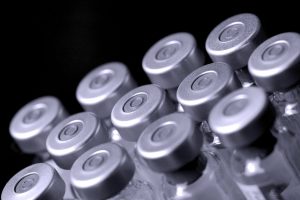
While the FDA’s guidance for cGMP is fairly direct, it is far from simple. After all, the field of biologics is an extraordinarily complex one—and one that is changing every day—so it only makes sense that cGMP guidelines must be able to address these complex and ever-changing concerns.
The FDA website for Chemisty Manufacturing Controls (CMC) and Good Manufacturing Practice (GMP) covers a wide range of topics, including bispecific antibody development programs, data integrity and compliance, elemental impurities in drug products, analytical procedures and methods validation for biologics—all the way down to recommendations for selecting the appropriate type of packaging.
Applying cGMP to biologics manufacturing is not as simple as reading the relevant bits of the Code of Federal Regulations and following them. After all, Current Good Manufacturing Practice guidelines change and adapt as new data is discovered.
Making use of cGMP in biologics manufacturing is an active and evolving process that involves carefully evaluating observations both in-house and those made by FDA auditors, assessing potential or actual impact, and taking corrective and preventative actions as necessary.
For many biologics manufacturers, this means significant investments in time, personnel, training, facilities, quality systems, and more—yet the results are worth it. For one example, see the blood fractionation industry, which receives intense FDA scrutiny due to the contamination potential of human blood. Partly thanks to rigorous implementation of cGMP guidelines, the United States has one of the safest blood supplies in the world.

